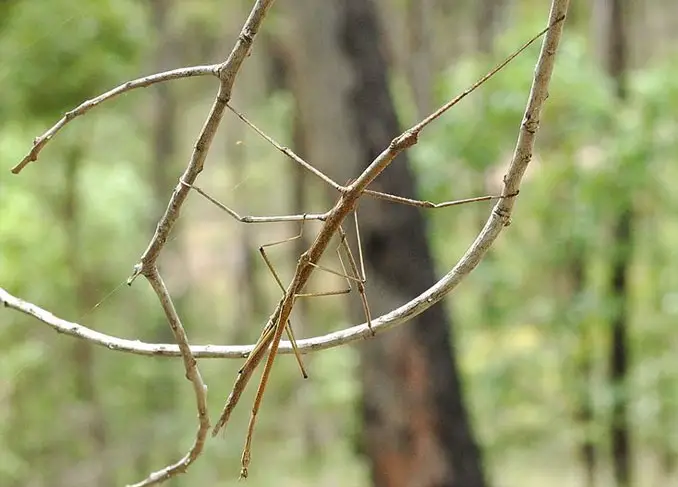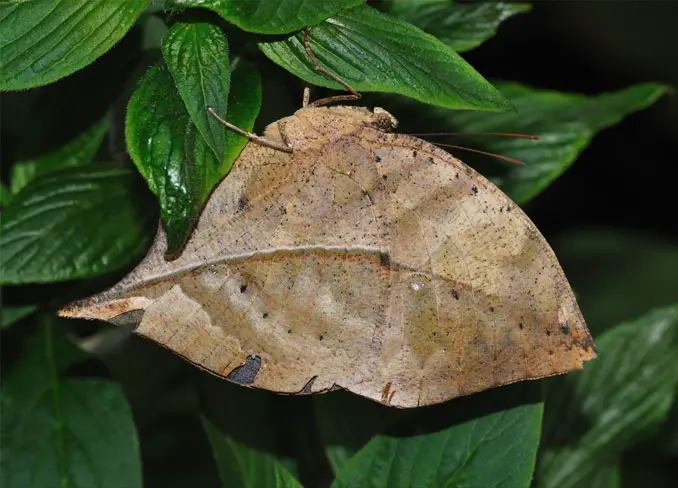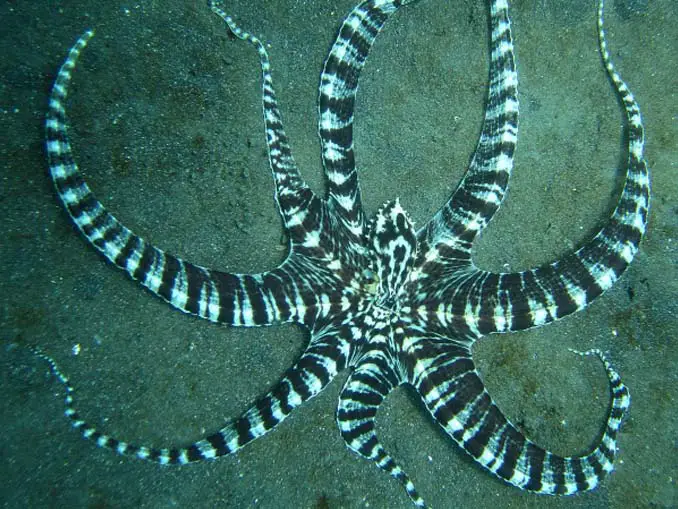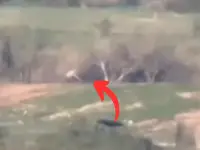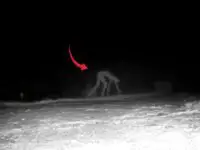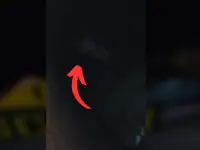5. Common Baron Caterpillar
The common baron caterpillar is native to India and Southeast Asia. It feeds on mango and cashew nut trees and is considered a pest in some areas. The ability this creature has to camouflage itself against a leaf is remarkable and helps to protect the caterpillar from hungry predators. The caterpillar’s slender, hair-like legs blend perfectly with the venation pattern of the leaf while the lighter streak running down the length of its body seamlessly matches the centre line.
4. Chameleon
There are over 200 species of chameleon currently known to scientists. This lizard has the remarkable capability to change the colour of its skin to camouflage amongst its surroundings. It doesn’t just use this ability to hide from predators however, some chameleons change colour to attract a mate, signal aggression or even signal defeat in a fight. Some even turn a darker colour in the morning to help absorb more heat from the sun’s rays. The Smith’s dwarf chameleon is also known to adjust its colours for camouflage based on the visual capabilities of a specific predator.
The chameleon’s ability to change colour is due to its skin. The outer layer is pigmented while underneath is a layer of cells that contain guanine crystals. The chameleon can change the colour of its skin by adjusting the space between the crystals, thus changing the wavelength of light reflected.
3. Stick Insects
Also known as stick-bugs, leaf insects and phasmids, stick insects are found on every continent on Earth except for Antarctica. They range in size, some are as small as 1.5 cm (0.6 inches). While the females of the genus Phobaeticus, which are considered the world’s longest insects measure in at nearly 60 cm (23.6 inches) in length. With a remarkable ability to camouflage themselves amongst tree branches, stick insects are some of the most difficult insects to spot with the naked eye.
2. Dead Leaf Butterfly
The dead leaf butterfly gets its name due to its striking resemblance to an actual dead leaf. Its brown wings have darker flecks around the edges that resemble the broken form of a damaged leaf. Native to tropical Asia from India to Japan, this amazing creature camouflages itself amongst tree foliage or fallen leaves on the forest floor. Remarkably, the dead leaf butterfly also exhibits polyphenism – the ability to produce different forms based on dry season and wet season conditions. Both forms are even more suited to camouflage within their environment with the wet season variety being smaller and more brightly coloured to further blend in with its surroundings.
1. Mimic Octopus
Wikipedia
The mimic octopus is native to the Indo-Pacific oceans ranging from New Caledonia through to the Gulf of Thailand and south to Australia’s Great Barrier Reef. This remarkable creature takes camouflage to the next level. Not only can it change colour to match its surroundings, it can also mimic other animals shapes, colours and behaviours to avoid predators. The octopus has been observed mimicking up to 15 different types of marine animals. For example, one specimen was seen to immediately change its behaviour from docile while resting on the ocean floor to sudden overt swimming motions, matching the movement of a school of flounder.
When attacked by damselfish, the octopus was even observed mimicking a more dangerous animal. It assumed the colour patterns and movement of a black and yellow banded sea snake, a natural predator of the fish.
Well that was the top 10 animals with the best camouflage. Can you think of any others we didn’t spot? Let us know!



